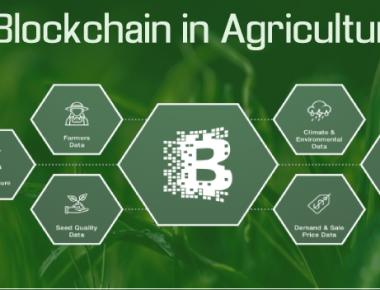

Blockchain 101: An Introduction to the Fundamentals of Blockchain Technology
The blockchain technology is famous for its application as the distributed ledger for cryptocurrencies, but many do not know the inner workings of this technology and its non-cryptocurrency potential.
Blockchain technology is a distributed ledger designed to make the storage of transactions efficient, verifiable, and permanent. Invented by the pseudonymous Satoshi Nakamoto back in 2008, it was originally developed to become the technology on where the cryptocurrency bitcoin would operate on. It has since been used by various cryptocurrencies, with different industries now looking into how blockchain technology could be adopted in their respective fields.
While the technology was invented in 2008 and had only attracted widespread interest in recent years, the technology that eventually became known as blockchain was first thought of as early as 1991 by cryptographers Stuart Haber and Scott Stornetta as a way of authenticating digital documents through the use of a timestamp.
Satoshi Nakamoto invented blockchain technology in 2008 as a core component of the cryptocurrency Bitcoin, which he described as a peer-to-peer electronic cash system. The technology would serve as the public transaction ledger for the cryptocurrency in order to solve the double-spending problem for digital currency through the use of a decentralized server.
The name blockchain is based on how the technology is designed to operate as a ledger.
Transactions made through a blockchain network are recorded in blocks. These blocks would contain the transaction recorded as data, a unique mathematical function-generated value called a hash, and the hash of the previous block.
A chain is created by having a newly-created block have the hash of the previous block. This chain also provides a way for blockchain to be verifiable as it requires for the hashes of all the blocks to be connected with each other in order to make it valid. This makes changes on the blockchain difficult as a change to one block would also lead to a change of its hash, which will no longer match the previous block hash stated on the next block and will invalidate the whole chain.
As a distributed ledger, blockchain technology is decentralized, which means there is no single centralized individual or institution controlling the whole network. Every node or device attached to the network has a copy of the entire blockchain with no copy being the “official” one and no node being more “trusted” than the other.
Access to the blockchain is given through the use of cryptography. This includes a public key, which is a long, random alphanumeric string that serves as one’s address on the blockchain, and a private key, which serves as the password that grants users access to their digital assets.
Transactions made on the blockchain are verified by having it broadcasted throughout the network. Mining nodes then have the transactions validated, added to a block, and broadcast the completed block to other nodes.
Blockchain technology is mostly used these days by a large number of cryptocurrencies as a distributed ledger for recording transactions. The technology is also used in smart contracts, which allows for contracts to be facilitated, verified, and executed digitally, as in the case of Ethereum.
Aside from its application in cryptocurrency, the financial industry had expressed its interest in adopting blockchain technology for banks to speed up back-office settlement systems.
Blockchain’s feature of being able to create a permanent, public, transparent ledger system for storing data allows it to have potential adoptions for a wide range of industries, such as sales, logistics, healthcare, intellectual property, and governance.
Share
Web Developer
Expertise
Quick Links
Legal Stuff






